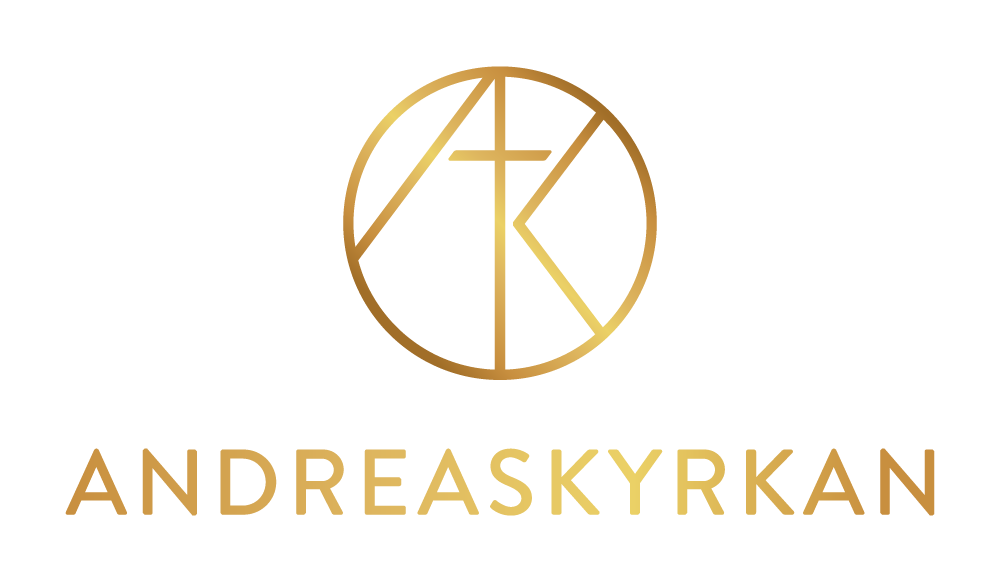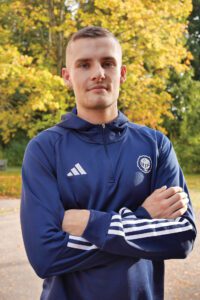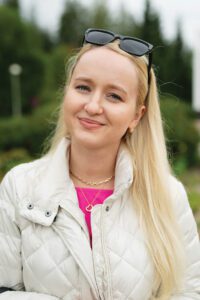Leading up to our 140th anniversary service, we took our social media followers on a fascinating journey back in time. Here you can see the daily posts.
Monday, October 23rd
This week is a special week for Andreaskyrkan as we celebrate our 140th anniversary! We want to take you on a journey through our history up to this weekend’s festivities.
The year was 1879 when the English preacher Lord William Waldegrave Radstock arrived in Helsinki. The German church became crowded as he drew people from different social classes. His sermons in French touched many, and people came to faith. This led to more meetings being organized in the Old Church, interpreted into both Swedish and Finnish, and the success was immediate.
When Lord Radstock left Finland, a void was created among those who had embraced his message. The headmistress Mia Sahlberg opened her school for public meetings in the evenings, and during the day people gathered in homes, led by Constantin Boije af Gennäs and Edvard Björkenheim.
Join us as we look back on our exciting history during this anniversary week! 💒🎉 #Andreaskyrkan140år #History #Jubilee
Tuesday, October 24th
In Helsinki, in the 1880s, a great interest in revival meetings grew. This led to the need for a meeting place for the devotional gatherings. In January 1880, the meetings moved into an abandoned pub at Simonkatu 6, next to what is Forum today. The pub had been closed due to a murder and general disorder. This place was named ”The Chapel of the Miserable” and the leader of the activity was Constantin Boije of Gennäs.
The Chapel of the Miserable marked the start of the first Free Church gathering in Helsinki. Helsinki’s first Sunday school and youth gatherings were held here. During this time, they identified themselves as the ”Assembly of God in Helsinki”.
The gatherings in the chapel took place about eight times a week. Many people flocked here, especially during sermons aimed at the vulnerable of society. These meetings were also filled with philanthropic acts, including food distribution and assistance with housing. Despite the focus on the less well-off, the meetings still attracted people from all walks of life, including the most privileged. It was not unusual for fine carriages to stop outside the chapel, and even celebrities such as Aurora Karamzin often visited the place.
After the Chapel of the Miserable, the congregation used three other temporary worship spaces within the first five years. The activities grew constantly, and the premises became too small, which led to several relocations. 💒🎉#HelsingforsHistoria #Revival meetings #Andreaskyrkan140år
Wednesday, October 25th
Although the movement’s work began as early as 1879, our official year of birth was 1883. It was then that we began to keep records and establish more firm frameworks, or, as Juha Lehto pointed out during our 70th anniversary, ”The congregation in Helsinki was born in 1883, when Boije distributed membership cards to the communion guests.”
This period was characterized by a challenging legal situation as legislation did not yet recognize religious associations of our kind. We met resistance and attempts to obtain official status with both the state and the Lutheran church failed. Spreading the gospel of Christ outside the established church was considered unnecessary and sometimes even dangerous, yet there were both priests and bishops who were positive towards the free missions. One of these was the Porvoo bishop C. H. Alopaeus.
Despite the opposition, our congregation continued to grow. We called ourselves the ”Swedish Free Congregation in Helsinki” and we have continued to spread God’s love and message for over a century. We look back on our rich history with gratitude and look forward to the future with hope and faith. 💒🎉 #Församlingshistoria #Helsingfors #TroPåFramtiden #Andreaskyrkan140år
Thursday, October 26th
Since the beginning, one of our central missions has been to help those in need. Right after the Radstock revival, we took on the responsibility of helping the less fortunate, and when our congregation was formed, this work continued. Even today, the congregation continues to have a big heart for those in need. A clear example of this is the outreach AndreasHelps, which distributes up to 500 bags of food every Thursday, week in week out. This work is run by nearly 40 volunteers who give generously of their time and commitment.
The name of our first meeting place, the ”Chapel of the Miserable” speaks volumes about the early focus of our congregation. During the night, the chapel’s benches were used as sleeping places for the homeless. In 1883, the ”Association for Helsinki Workhouses” (later Helsingfors Gästhem och Natthärbärgen r.f.) was also founded. The main goal of this association was to offer shelter to the homeless. Since this work was part of our church activities, it was natural that our members also got involved in this association.
Helsinki Guest House and Night Shelter continue their work to this day and at the same time celebrate their 140th anniversary. They provide small apartments for the homeless in Helsinki and have been a stable pillar of society for 140 years. Since 1893 they have had their home at Pursimiehenkatu 10 in the Punavuori district of Helsinki. 💒🎉 #HelpingHand #Solidarity #140YearsOfCare #Andreaskyrkan140years
Friday, October 27th
In the congregation’s early history, an increasingly strong desire to build its own church building arose. On January 21, 1883, a building committee was established for this sole purpose, and in June 1884, a plot of land was purchased at Korkeavuorenkatu 22. Then, enthusiastic fundraising began, and donations poured in from both Finland and Sweden.
Building work was started, and a beautiful new church slowly began to take shape. On September 5, 1886, this church was consecrated and given the name ”The House of Alliances”. The joy over this new church was enormous, and at the opening, the patron, Edvard Björkenheim, emphasized the importance of unity among the faithful.
The name ”The House of Alliances” signals what was hoped for – that this house would be a common home for Christian people, even if they did not always agree on theological issues. The important thing was that they shared a faith in Jesus Christ rooted in God’s word, the Bible. This ideal of accepting other Christians as brothers and sisters despite differences in matters of faith came from, among others, D.L Moody in Chicago and the Swedish Mission Association. This so-called alliance idea has been central to our congregation and has contributed to functioning as a bridge builder and promoting ecumenism between believers. 💒🎉 #Allianshuset #EnhetITron #Ekumenik #Andreaskyrkan140 years
Saturday, October 28th
Our early activities showed that our faith could not be limited by language barriers. From the beginning, our meetings were mainly in Swedish, but as there was no Finnish-speaking Free Congregation, it was felt that it was important to include meetings in Finnish.
In March 1888, the congregation decided to expand its Finnish-language work and hired Antti Mäkinen as a regular Finnish preacher. In less than a year, the Finnish-speaking group had grown strong enough to form its own congregation with meetings in the Alliance House.
The Finnish-speaking congregation later rented the Alliance House for their meetings for many years until, in 1924, they got their own church premises at Annankatu 1, where Helsingin Vapaaseurakunta (Helsinki Free Church) still operates today.
Transcending language and cultural boundaries is something that is still deeply rooted in Andreaskyrkan. Today we have three services every Sunday – in Swedish, English and Kinya-Rwanda. In addition, 15 to 20 different nationalities gather in our church during the week. We are proud of our diversity and belief in unity in Christ. 🌍💒 #Mångfald #EnhetITron #Andreaskyrkan #Andreaskyrkan140år






